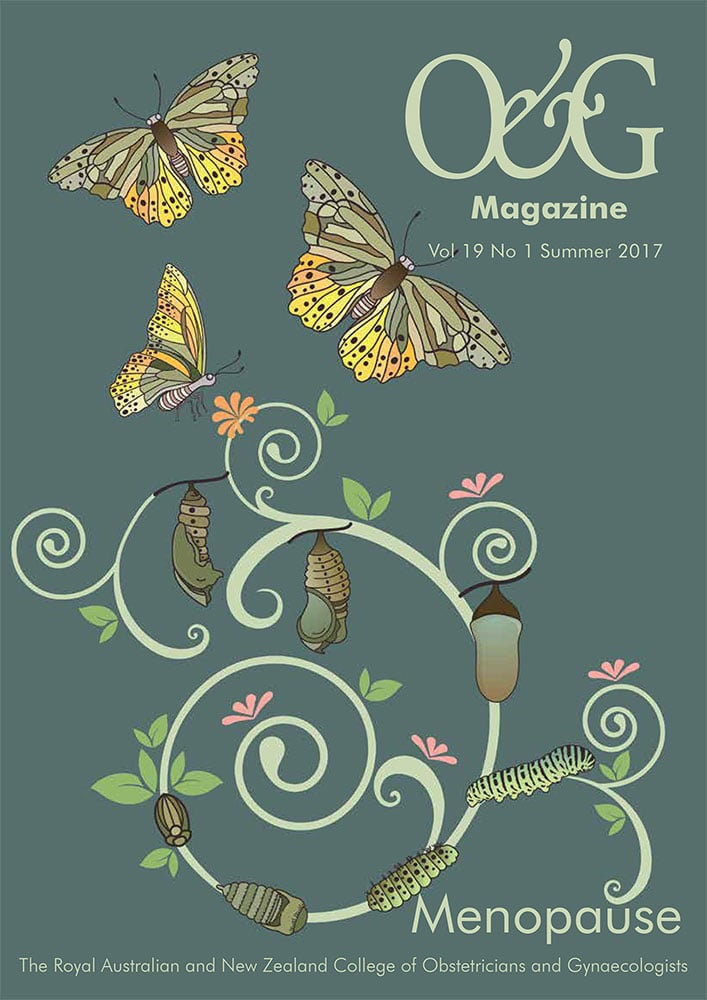Pruritus is encountered in many pregnancies. When a rash is present, a common diagnosis is pruritic urticarial papule and plaques of pregnancy (PUPPS), without a rash, intrahepatic cholestasis should be considered. Intrahepatic cholestasis occurs in about 1 per cent of pregnancies, generally developing in the late second or third trimesters, and is characterised by intense itching without rash, often on the palms of the hands and soles of the feet; deranged liver enzymes, including the transaminases; and increased serum bile acids. In addition to maternal discomfort from severe itching, cholestasis of pregnancy increases the risk of premature delivery, meconium-stained liquor and fetal demise. 1 The physiological basis of obstetric cholestasis is unclear, but it is thought that pregnancy hormones and their metabolites may, in genetically susceptible women, result in cholestasis through mechanisms including reduced uptake of bile acids by hepatocytes.
Pharmacological treatment of cholestasis of pregnancy currently includes the use of ursodeoxycholic acid (UDCA) and/or S-adenosylmethionine (SAMe). UDCA is a hydrophilic bile acid that detoxifies hydrophobic bile acids, preventing injury to the bile ducts. SAMe is involved in the synthesis of phosphatidylcholine and influences the composition and fluidity of hepatocyte plasma membranes and the biliary excretion of hormone metabolites. Previous observational and clinical studies have shown that UDCA and SAMe can reduce pruritus and improve liver function indices and perinatal outcomes.2 A recent meta-analysis included five randomised controlled trials of the effect of UDCA, SAMe or a combination of both on maternal, clinical and biochemical responses, including pruritus scores, total bile acids and liver function tests. Obstetric outcomes, including preterm delivery, caesarean section and meconium-stained liquor, were also analysed. The results indicated that UDCA was more effective than SAMe in reducing pruritus and the levels of total bile acids and ALT. Treatment with UDCA was also associated with significantly lower preterm delivery rates than treatment with SAMe. Interestingly, combination therapy with both agents significantly reduced total bilirubin, AST, and the rate of preterm delivery in comparison with either drug administered alone, although not for other parameters.3 The authors suggest that UDCA is more effective than SAMe monotherapy and should be the first-line treatment for obstetric cholestasis, although there is some evidence for considering combination therapy. While UDCA is the main pharmacological therapy for obstetric cholestasis a recent case report raises the possibility of metformin as an additional treatment option. In this case, a woman affected with obstetric cholestasis in four previous pregnancies was treated with metformin for gestational diabetes in her fifth pregnancy, with the observation that her bile acids and liver enzymes were improved in comparison with her previous pregnancies.4
References
- Zhang Y, Lu L, Victor DW, Xin Y, Xuan S. Ursodeoxycholic Acid and S-adenosylmethionine for the Treatment of Intrahepatic Cholestasis of Pregnancy: A Meta-analysis. Hepatitis Monthly. 2016;16(8):e38558.doi:10.5812/hepatmon.38558.
- Zhang Y, Lu L, Victor DW, Xin Y, Xuan S. Ursodeoxycholic Acid and S-adenosylmethionine for the Treatment of Intrahepatic Cholestasis of Pregnancy: A Meta-analysis. Hepatitis Monthly. 2016;16(8):e38558.doi:10.5812/hepatmon.38558.
- Zhang Y, Lu L, Victor DW, Xin Y, Xuan S. Ursodeoxycholic Acid and S-adenosylmethionine for the Treatment of Intrahepatic Cholestasis of Pregnancy: A Meta-analysis. Hepatitis Monthly. 2016;16(8):e38558.doi:10.5812/hepatmon.38558.
- Elfituri A, Ali A, Shehata H. Managing Recurring Obstetric Cholestasis with Metformin. Obstet Gynecol. 2016;128(6):1320-23.





Leave a Reply